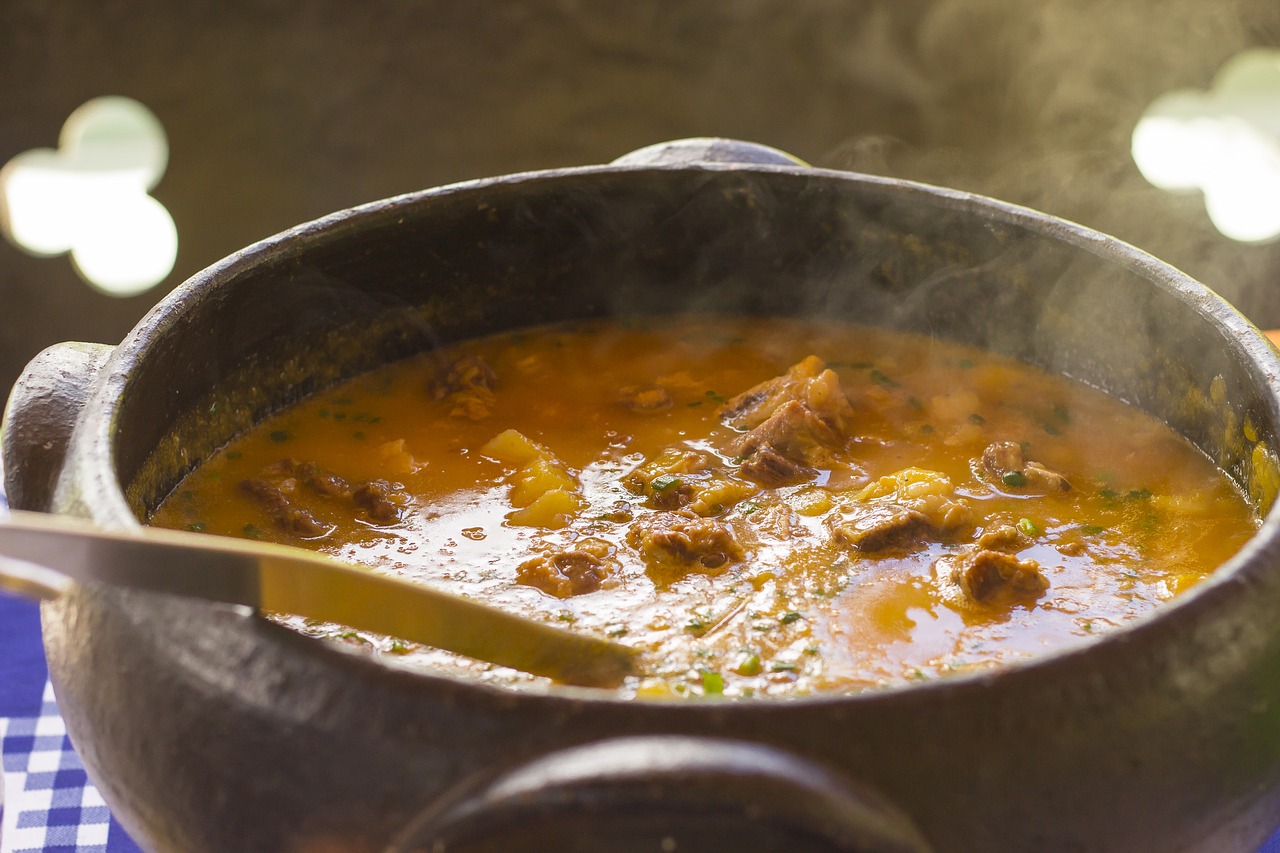Traditional Lifestyles of Brazil
Lifestyles in Brazil are incredibly diverse, ranging from those of uncontacted tribes-people in the Amazon to rural farmers to urban professionals in major cities. Because of this, there is no standard cuisine, clothing, or housing of Brazil. This article instead explores the general trends most commonly seen within the country.
Before colonial settlers reached the shores of Brazil, its native people typically led hunter-gatherer lifestyles with limited agriculture. They pulled fish from rivers and coastlines and grew crops like legumes and manioc root, or cassava. Hunting supplemented their diets with extra protein. The abundance of life and resources throughout Brazil meant that most had plenty of leisure time to pursue arts and community activities. There is little evidence that the indigenous cultures of Brazil united beyond the level of tribal communities.
The arrival of Portuguese explorers changed living conditions in Brazil dramatically. Relations between the Europeans and indigenous groups began somewhat peacefully, though disease took a heavy toll on local populations. The Portuguese traded metal tools, textiles, and similar useful objects for food and more valuable resources like precious metals, hides, feathers, and more. Over time, they attempted to enslave indigenous Brazilians but found them especially unwilling to perform long hours of hard labor on their own lands. Instead, many tribes disappeared into the dense forest; some remain uncontacted today.
The Portuguese instead built a colonial plantation system on African labor. Conditions for common people at this time were very poor, forcing them to form close social ties to survive. While slavery has ended and there are now many more opportunities in Brazil, wealth inequality remains high and is often divided along racial lines.
Brazilian Cuisine
The early staple foods of Brazil were manioc, rice, and beans. These foods are still an essential part of Brazilian cuisine today, along with various seafoods, breads, fruits, beef, chicken, pork, and cheeses. Brazilian cuisine developed as a mixture of Amerindian, African, and Portuguese customs, further expanded by later immigrants from other nations. Favorite dishes include stews like feijoada, featuring meats, manioc, and black beans; shrimp-laden vatapá; and the seafood-heavy moqueca de peixe. The biggest meal of the day is typically eaten at noon, and meals are frequently accompanied by coffee, beer, coconut water, and various sugary drinks and cocktails.
In addition, cities offer plenty of options in foreign cuisine, often served by immigrants and their descendants. Sushi and Japanese cuisine are especially popular. Other dishes are available on a regional basis, driven by local tastes and ingredients.
Clothing of Brazil
Clothing in Brazil has generally followed European trends since the colonial era, though the nation’s indigenous people may still produce and wear their own traditional clothing. Modern, everyday streetwear emphasizes comfort and appearance, with t-shirts, jeans, khakis, shorts, skirts, and dresses all being common. Southern regions, historically home to cattle ranching, might see “gaucho pants,” or baggy trousers originally used for riding horses. Areas with a greater African influence may see more headscarves and shawls. Common fashion trends include vibrant colors and beachwear.
Housing of Brazil
Like its clothing, the common housing of Brazil resembles that of other Western-influenced nations. Many people live in urban apartments, which range from upscale, modernist residences to the slum-like conditions of favelas. In more rural areas, traditional indigenous homes like the oca can still be seen. These are often constructed from a bamboo or wood frame and then thatched over to form a single-room home. In other cases, rural estates are home to farmers, ranchers, and some of the wealthiest citizens of Brazil.
Modern Brazilian Lifestyles
Modern Brazilian people come from diverse heritages and may participate in its mainstream culture to a greater or lesser extent. Today, soccer or football is a wildly popular sport followed by millions of Brazilians. Festivals and celebrations, most notably Carnival, are widely celebrated. Carnival marks the beginning of Lent and typically involves processions, parades, music, samba dancing, and feasting over several days.
References
Fausto, Boris. A Concise History of Brazil. Cambridge University Press. 2014.
Hamilton, Cherie. Brazil: A Culinary Journey. Hippocrene Books. 2005.
MacLachlan, Colin. A History of Modern Brazil: The Past Against the Future. Rowman & Littlefield. 2003.
Meade, Teresa. A Brief History of Brazil. Infobase Publishing. 2014.
“The World Factbook: Brazil.” Central Intelligence Agency, Central Intelligence Agency, 1 Feb. 2018, www.cia.gov/-library/publications/the-world-factbook/geos/br.html.
Vincent, Jon S. and George Woodyard. Culture and Customs of Brazil. Greenwood Publishing Group. 2003.
About TOTA
TOTA.world provides cultural information and sharing across the world to help you explore your Family’s Cultural History and create deep connections with the lives and cultures of your ancestors.



